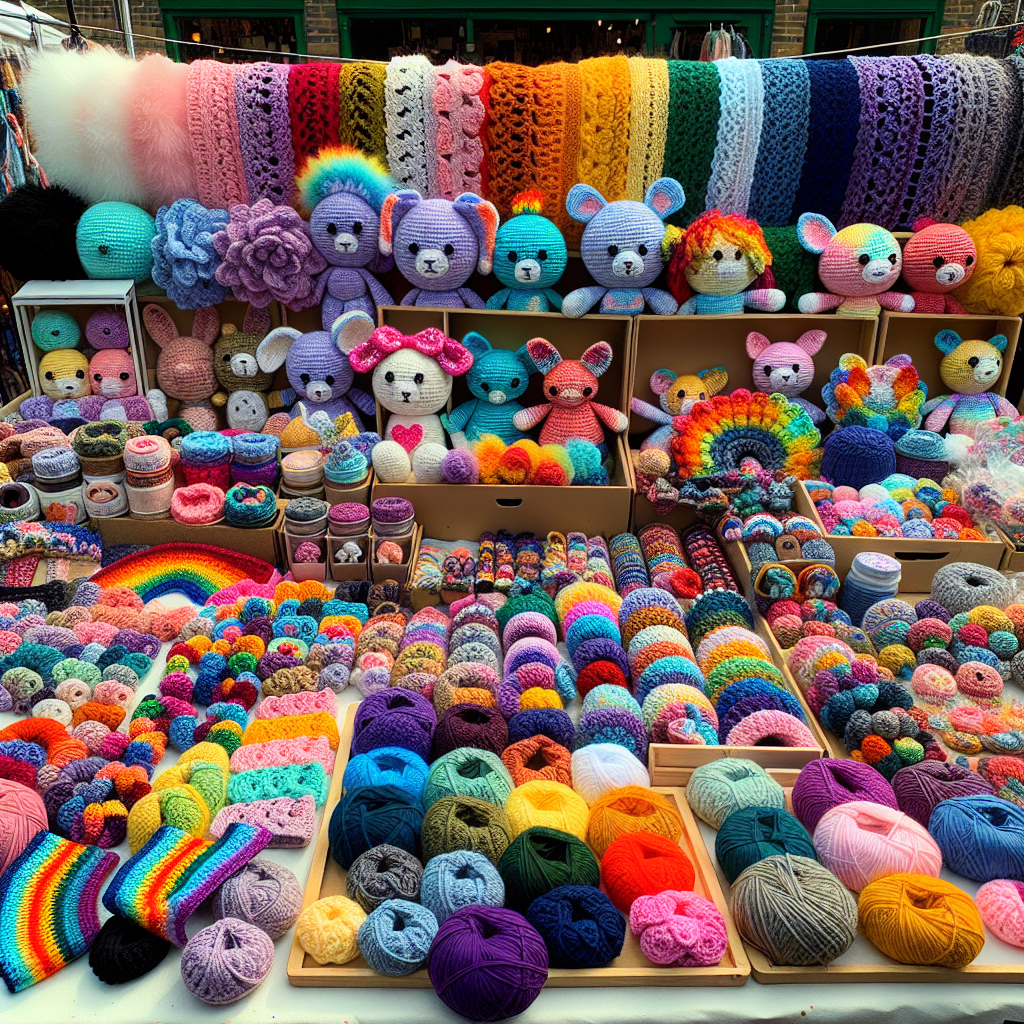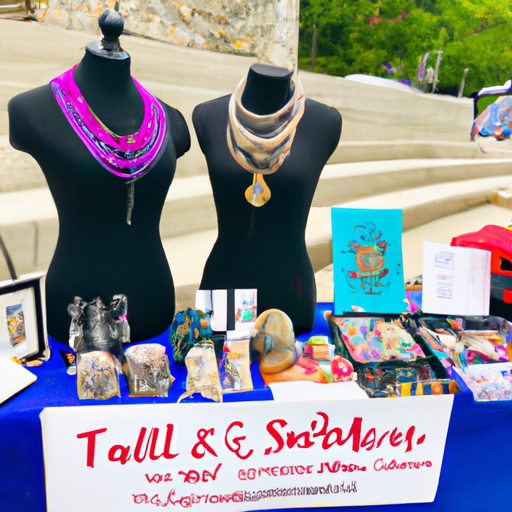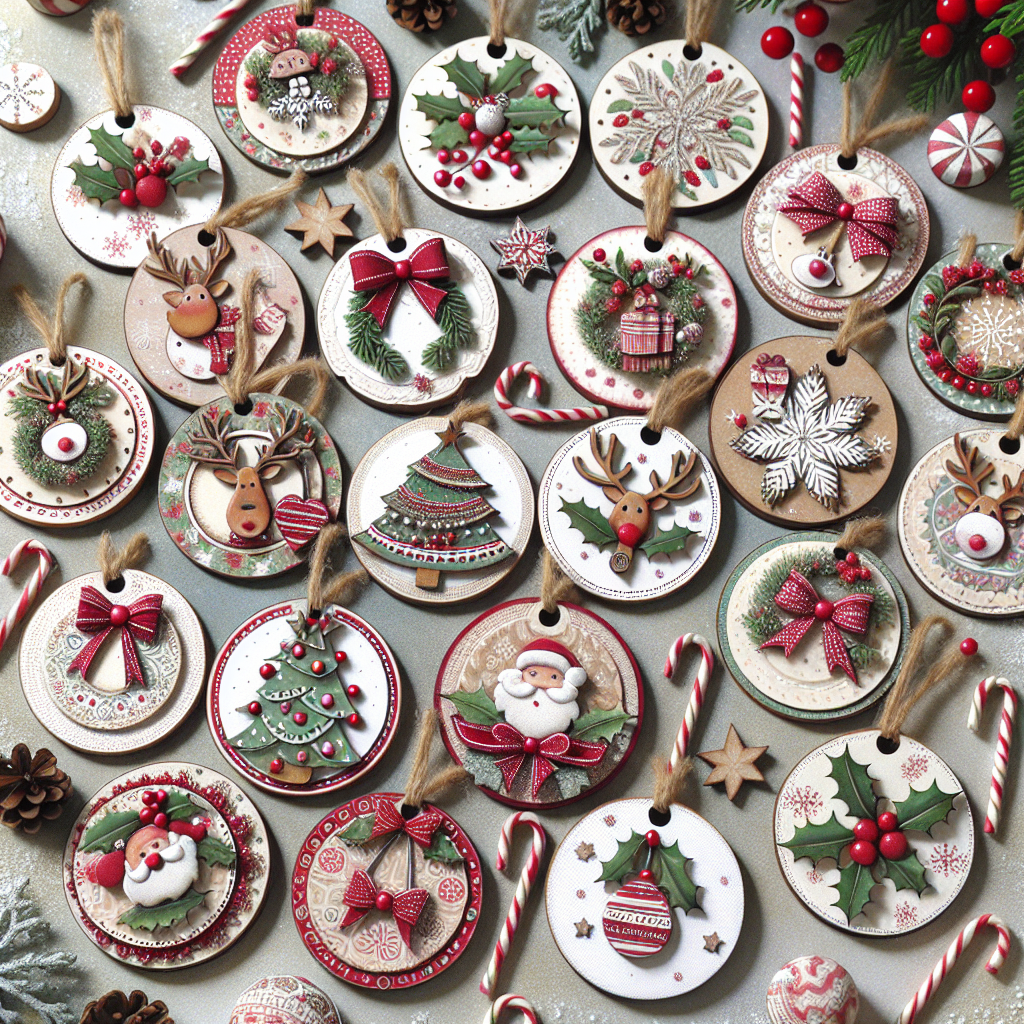In this video by Works of Whimsy Crochet Co, Jacki Chaplain shares her experience and the profits she made at a recent craft show. She showcases the various crocheted items she sold, such as plushies, headbands, and scrunchies, along with their prices. Jacki also mentions her mother’s products, including tie-dye t-shirts, herbs, and homemade vanilla extract. She reveals that some items sold well while others didn’t perform as expected and offers tips on managing such situations. The total sales from Jacki’s crocheted items amounted to $86, and after deducting the booth fee, her combined profit with her mother was $181.
If you’re planning a craft fair and want ideas on what to crochet, this video is perfect for you. Jacki’s insights and reflections on her craft show experience will provide valuable advice on booth setup, understanding target customers, and learning from each event. Whether you’re a crochet enthusiast or a small business owner, this video offers valuable information and inspiration for your own craft fair success.
Profit Analysis: Crocheted Items and Other Products Sold at Craft Show
Craft Show Overview
The craft show in question took place at Beasley Farms in June. It was a one-day event held on a Sunday, organized relatively spontaneously. The creator’s mother also participated in the craft show, selling her own products alongside the crocheted items. The purpose of the video is to share the items that were sold at the market, their prices, and the total profit generated from the event. This information is beneficial for viewers who are planning their craft fairs and seeking ideas on what crocheted items to offer.
Crocheted Items Sold
The creator showcased a variety of crocheted items at the craft show. These items included plushies, headbands, scrunchies, and more. Each item was priced individually based on factors such as materials used, intricacy of design, and time taken to create. The top-selling crocheted items at the event were the kitty ice cream mushrooms and the frog made from a no-sew pattern. These items were priced at $12 and $15, respectively.
Other Products Sold
In addition to crocheted items, the creator’s mother brought her own products to the craft show. These products included tie-dye t-shirts for babies and adults, herbs grown in her garden, and homemade vanilla extract. The tie-dye t-shirts were available in various sizes, catering to different customer preferences. The pricing of these products was determined based on factors such as production costs and market demand.
Sales Performance
The total sales of crocheted items at the craft show amounted to $86. The sales breakdown by item included the kitty ice cream mushrooms ($12), the frog made from a no-sew pattern ($15), a Mallard duck modification ($15), and two mini plush autos ($18 in total). Additionally, a large octopus ($12), a baby Leky froggy ($9), and a mini Osto plushie ($5) were also sold. These sales figures demonstrate the varying demand for different types of crocheted items.
Factors Affecting Sales
Several factors could have contributed to the sales performance at the craft show. One crucial factor is the target customer demographic. The creator’s products primarily appeal to children and families, while the mother’s products cater more to adult customers. This difference in target audience may have influenced the number of sales for each vendor. Additionally, competition from other events, particularly one held nearby, may have disrupted foot traffic and affected sales. Other factors that could have influenced sales include the overall market demand for crocheted items, the pricing strategy employed, and the visual appeal of the products.
Booth Setup and Presentation
The creator described the booth setup at the craft show, highlighting the organization of the crocheted items and the complementary arrangement of the mother’s products. While the overall setup was decent, there is always room for improvement. One suggestion for enhancing booth presentation is to create a cohesive theme or aesthetic that ties all the products together. This can be achieved by utilizing consistent colors, materials, or branding elements. Additionally, adding signage and attractive displays can help draw attention to the booth and entice potential customers.
Reflection and Learning
The creator assessed the craft show as not being as successful as anticipated. However, it is essential to approach such experiences with resilience and to learn from them. One key lesson learned from this event is that not every market will result in high sales. It is crucial to acknowledge that setbacks happen and not to be too hard on oneself. Reflecting on the event can provide valuable insights into areas for improvement and help refine strategies for future craft shows.
Sales from Other Vendors
Aside from the creator’s sales, the mother also had her own success at the craft show. She sold tie-dye t-shirts, herbs, and homemade vanilla extract. The tie-dye shirts were available in various sizes, catering to different customer preferences. The total revenue generated by the mother’s sales was $120. This highlights the importance of collaborating with other vendors and diversifying product offerings to maximize profit potential at craft shows.
Total Profit
When combining the profit from the creator’s sales ($86) and the mother’s sales ($120), the total profit from the craft show was $206. However, it is crucial to consider expenses incurred, such as the booth fee. After deducting the booth fee of $25, the net profit amounted to $181. This demonstrates the financial outcomes of participating in the craft show and highlights the importance of evaluating profit margins.
Conclusion
In conclusion, the craft show experience provided insights into the sales performance of crocheted items and other products. Factors such as target customer demographics, competition from other events, and booth setup and presentation can significantly impact sales. Despite facing challenges and lower-than-expected sales, it is essential to reflect, learn from each experience, and implement improvements for future events. Collaborating with other vendors and diversifying product offerings can also contribute to overall profit. By applying these learnings and strategies, one can enhance the success of craft show participation and maximize profit potential.



